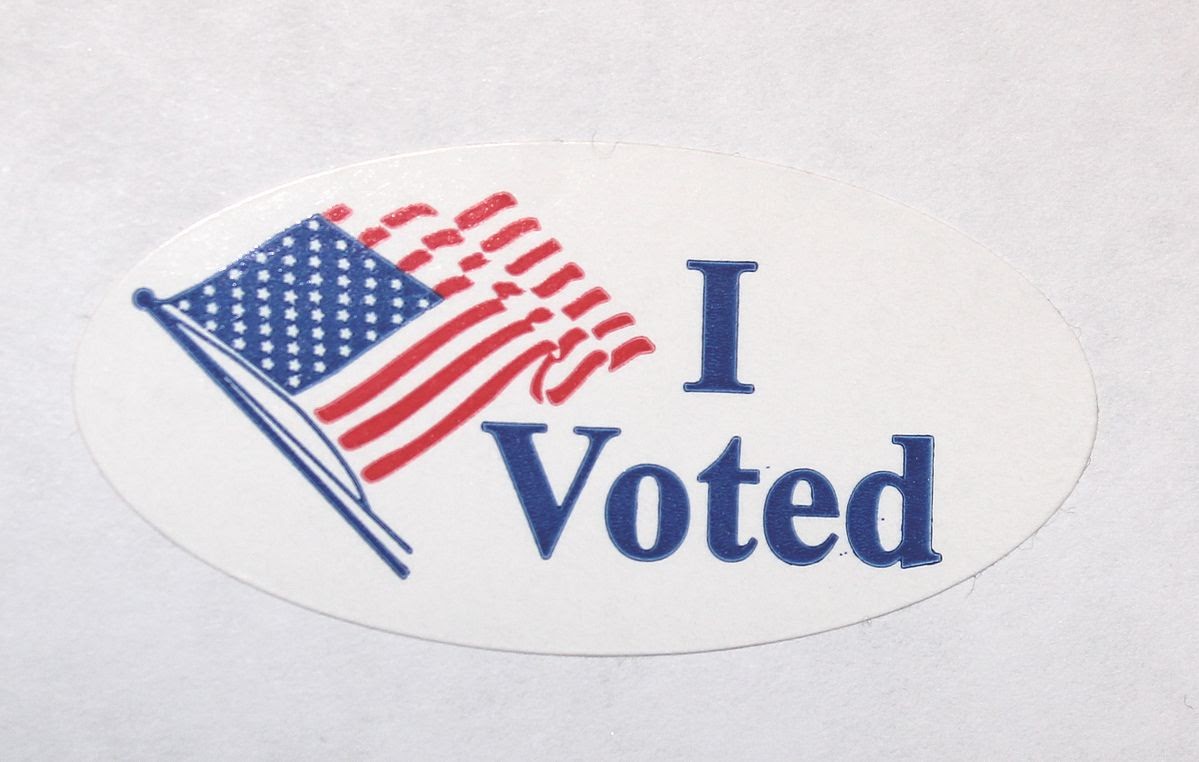Ballotpedia’s analysis of 2020 election data shows that at least twenty states rejected a lower percentage of absentee/mail-in ballots during the 2020 presidential election than they did in 2016. At least seven states rejected a greater percentage and four states’ rejected the same percentage. Nineteen states have not yet released data making a comparison possible and were not included in this analysis.

The number of absentee/mail-in ballots cast in the 31 states shown above increased 109% from 24.4 million in 2016 to 50.9 million in 2020. The number of rejected ballots also increased from 222,096 in 2016 to 364,242 in 2020, a 64% increase.
While the number of absentee/mail-in ballots cast and rejected were both higher in 2020 than in 2016, the rejection rate across these 31 states decreased by 0.2 percentage points from 0.9% in 2016 to 0.7% in 2020.
Nationwide, voters cast just under 33.4 million absentee mail/in ballots in 2016 with a rejection rate of 1.0%. In 2020, voters cast an estimated 65.6 million.
The table below shows the 2020 rejection rates Ballotpedia has gathered so far. Vermont is included with its 2020 rejection rate but excluded from other analyses due to the lack of 2016 data.

Data from 2016 was gathered from the U.S. Election Assistance Commission’s (EAC) 2016 Election Administration Voting Survey, a biannual state-by-state analysis of elections’ administration mandated by the 2002 Help America Vote Act. Ballotpedia gathered information on 2020 rejection rates using news sources, publicly available election statistics, and direct outreach to state election officials.
To view more analyses of rejected absentee/mail-in ballots and to learn more about how Ballotpedia gathered this preliminary data, click here: https://ballotpedia.org/Election_results,_2020:_Analysis_of_rejected_ballots


